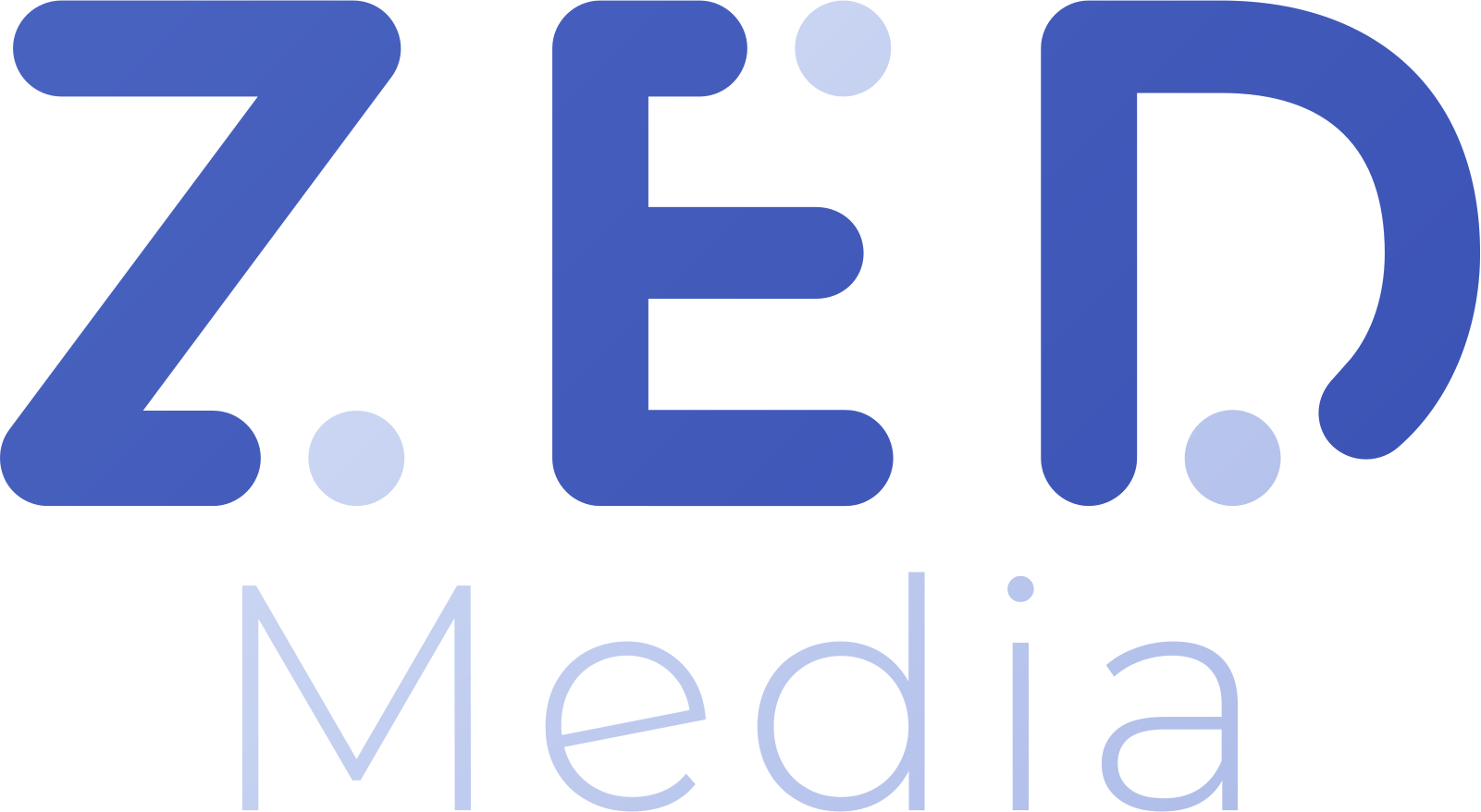Key Elements and Features of a Good Website
Blog
Welcome to Zed Media, your one-stop destination for all your marketing needs. We are a passionate team of marketing experts dedicated to driving your business forward. With our data-driven strategies and creative flair, we’ll help you unlock your brand’s full potential and achieve remarkable results in the competitive market.
Introduction
In the fast-paced digital era, a well-designed website is the cornerstone of any successful online presence. Whether you’re a small business owner or a large corporation, having a website that engages visitors and converts them into customers is crucial. In this blog, we will explore the key elements and features of a good website that not only attracts visitors but also boosts search engine rankings.
1. Responsive Design for Cross-Device Compatibility
In a mobile-driven world, a responsive design is no longer an option but a necessity. A responsive website automatically adjusts its layout to fit any screen size, ensuring a seamless user experience across devices. Here’s why it’s essential for your website:
- Improved User Experience: Visitors can access your site on any device without distortion or content loss.
- Higher SEO Ranking: Google favors mobile-friendly websites in search results.
- Increased Engagement: A user-friendly mobile experience leads to longer visit durations and lower bounce rates.
2. Intuitive and User-Friendly Navigation
Navigation is the roadmap for users to explore your website. A clear and intuitive navigation system enhances the overall user experience and encourages visitors to stay longer. Consider these tips for effective navigation:
- Organized Menu: Keep the menu structure logical and straightforward, with clear headings and subheadings.
- Breadcrumbs: Provide breadcrumbs to show users their location within the site and aid navigation.
- Search Functionality: Include a search bar to help users find specific content quickly.
3. Engaging and Compelling Visuals
Visuals play a vital role in capturing visitors’ attention and conveying your brand message effectively. Incorporate the following elements to enhance your website’s visual appeal:
a. High-Quality Images and Graphics
- Use high-resolution images that showcase your products, services, or brand personality.
- Optimize images for faster loading times without compromising quality.
b. Videos and Multimedia
- Utilize videos to demonstrate products, provide tutorials, or share engaging content.
- Ensure multimedia elements are responsive and accessible across all devices.
4. Well-Structured and Informative Content
Quality content is the backbone of any successful website. It not only informs and educates but also improves search engine rankings. Here’s how to create compelling content:
a. Clear and Concise Messaging
- Craft concise and impactful content that communicates your brand’s message effectively.
- Use headings, subheadings, and bullet points to make content scannable and easy to read.
b. SEO-Optimized Content
- Conduct keyword research to identify relevant search terms in your industry.
- Incorporate keywords naturally into your content while maintaining readability.
c. Calls-to-Action (CTAs)
- Place clear and compelling CTAs strategically throughout the website to encourage user engagement.
- Use action-oriented language that prompts visitors to take specific actions, such as “Sign Up Now” or “Get Started.”
5. Contact Information and Accessibility
Make it easy for users to get in touch with you and access essential information. Implement the following features:
- Prominent Contact Details: Display contact information (phone number, email, address) on the homepage and contact page.
- Accessibility Features: Ensure your website complies with ADA accessibility guidelines to cater to all users.
6. Fast Loading Speed
Page loading speed significantly impacts user experience and SEO. Optimize your website for faster loading times with these methods:
- Image Optimization: Compress images to reduce file size without compromising quality.
- Caching: Implement browser caching to store frequently accessed files locally and reduce server load.
- Minimize Code: Eliminate unnecessary code and scripts to streamline page loading.
7. Secure and Trustworthy
Website security is paramount for building trust with your audience. Consider the following security features:
a. SSL Certificate and HTTPS
- Secure data transmission with an SSL certificate to encrypt user data.
- Display “https” in your website URL to assure visitors of a secure connection.
b. Privacy Policy and Data Protection
- Clearly communicate your data collection and usage practices in a privacy policy.
- Comply with data protection regulations to safeguard user information.
8. Social Media Integration
Integrating social media into your website extends your reach and increases engagement. Follow these best practices:
- Social Media Buttons: Include easily accessible social media sharing buttons on your content.
- Social Media Feeds: Showcase your active social media presence with live feeds on your website.
9. Mobile App Integration (If applicable)
If your business has a mobile app, integrating it with your website can enhance the user experience. Here’s how:
- App Links: Provide links to your mobile app for seamless navigation between website and app.
- Mobile-Specific Features: Utilize mobile-exclusive features to provide added convenience to users.
10. Analytics and Insights
Website analytics provide valuable insights into user behavior and site performance. Here’s how to leverage data:
- Use tools like Google Analytics to track user engagement, traffic sources, and conversion rates.
- Analyze data to identify areas for improvement and make data-driven decisions.
Conclusion
A good website is the backbone of a successful online presence. By implementing the key elements and features discussed in this blog, you can create a user-friendly, engaging, and SEO-friendly website that attracts visitors, builds trust, and drives business growth. Remember that continuous optimization and keeping up with evolving trends are crucial to stay ahead in the digital landscape.
